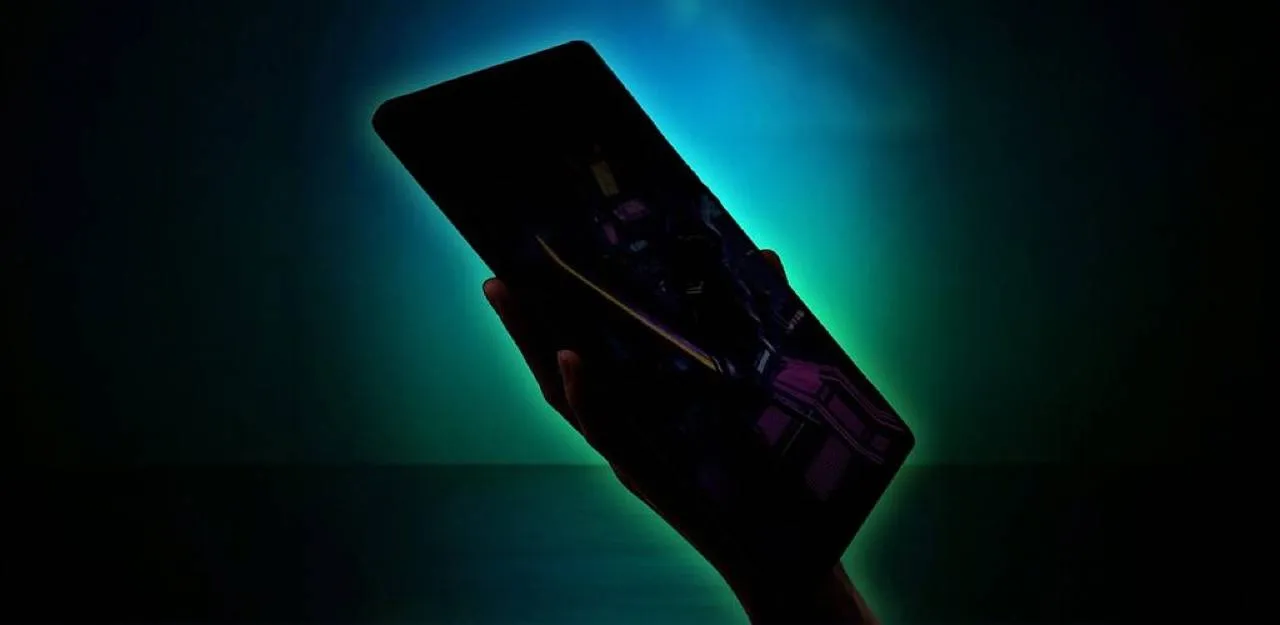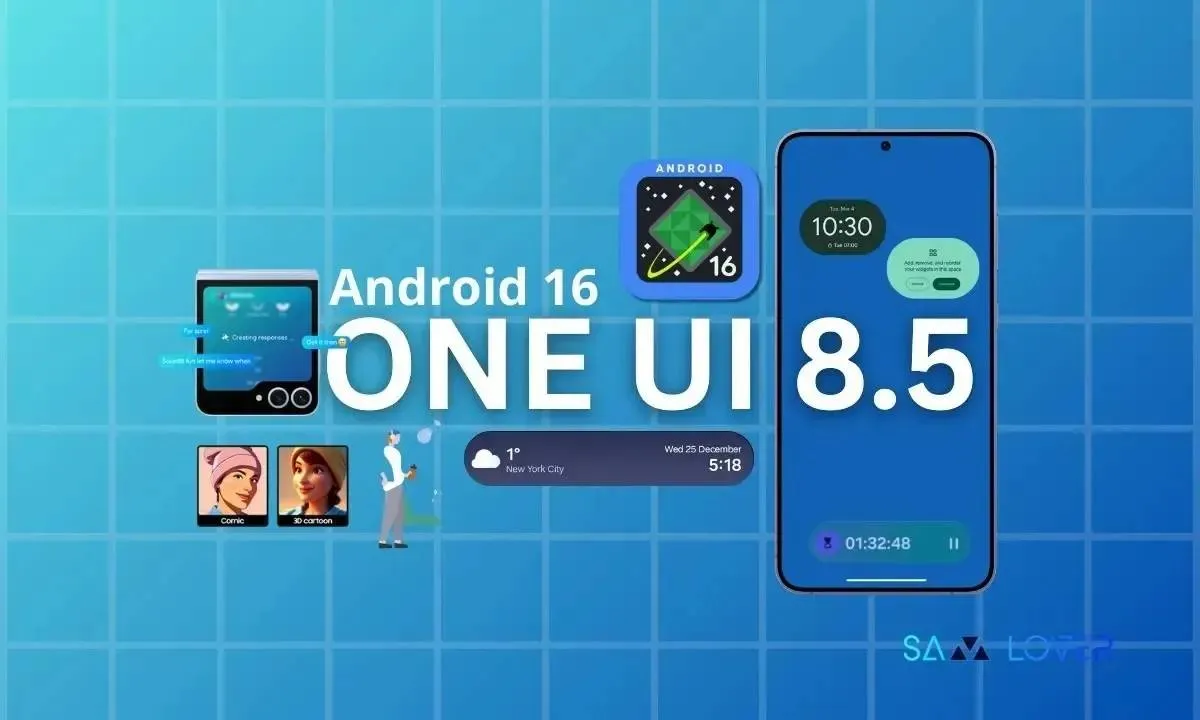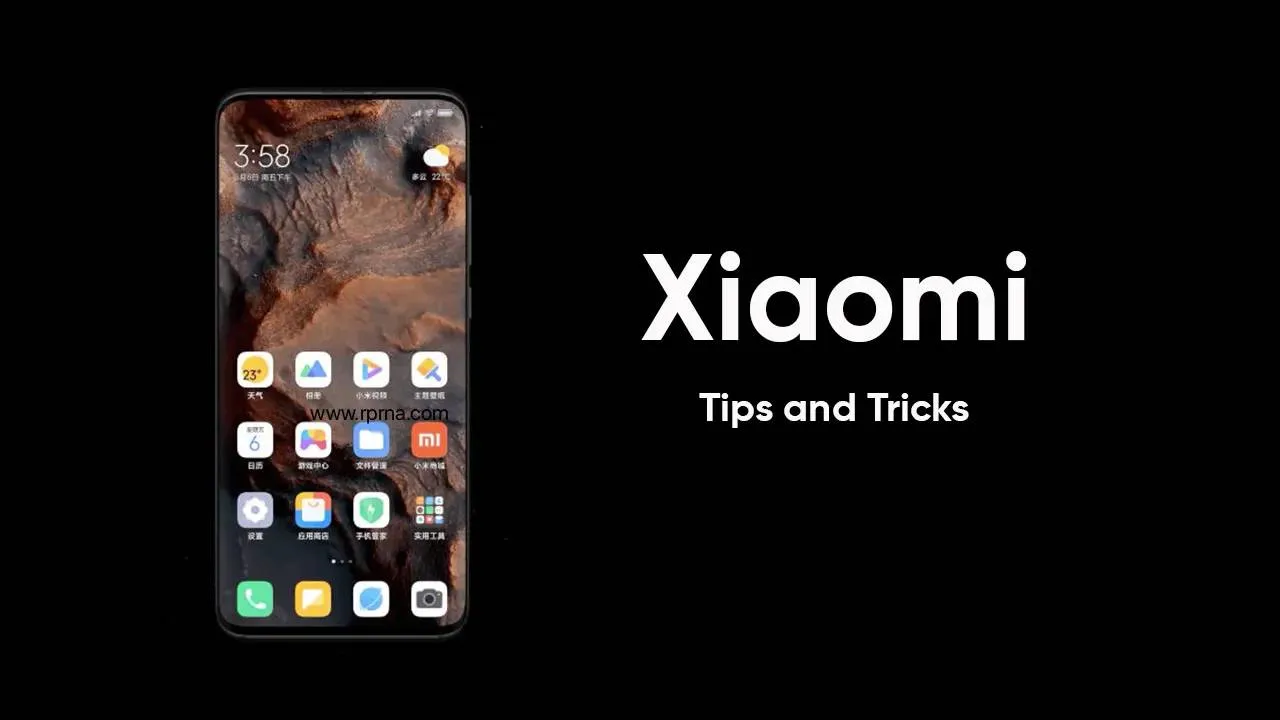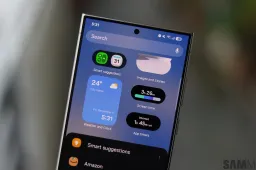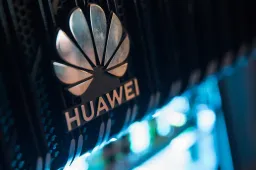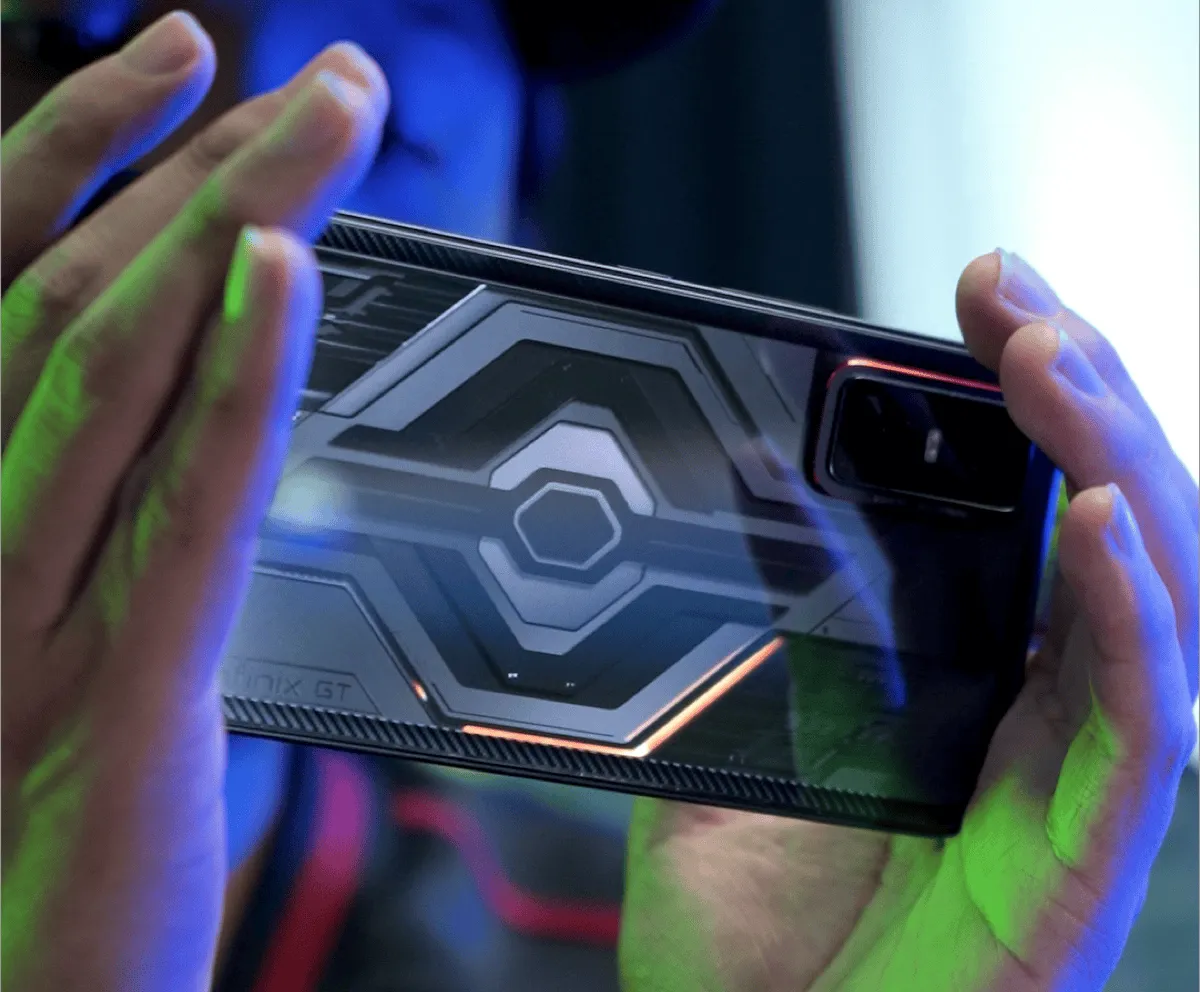
So, word (and some candid shots, it seems) has been trickling out, primarily from the hands of pro gamers at recent esports tournaments, of a mysterious, unbranded Infinix device. It’s clearly experimental, and the buzz is that it’s a concept model, possibly for a future GT-series phone. The real kicker? A next-gen electrochromic back panel system they’re calling Infinix GT DynaVue.
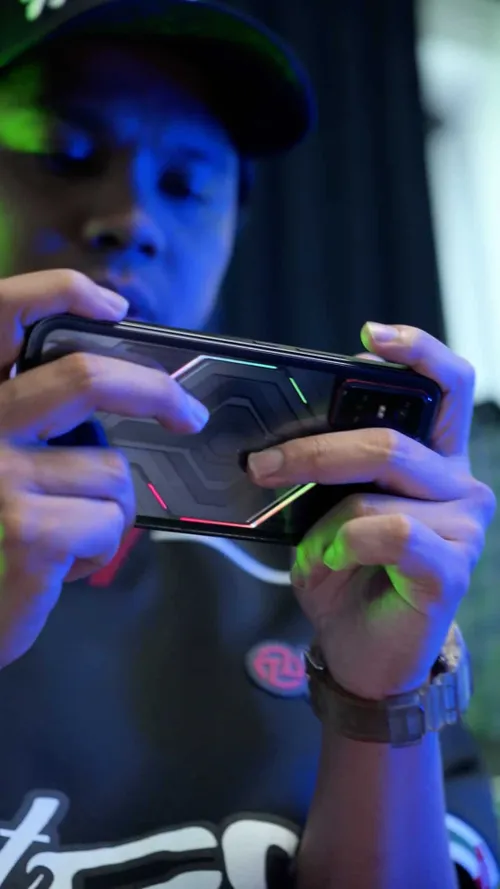
Now, before anyone rushes to check their local stores, Infinix is pretty clear: this particular model isn't slated for retail. Not yet, anyway. But what it does offer is a pretty bold glimpse into what they're cooking up in their labs, and frankly, what they're technically capable of bringing to the gaming phone arena. It’s a statement piece, if you will.
It’s always interesting to see who gets their hands on these early peeks. Nureddy Nursal, or "Daddyhood" as he's known in the Malaysian esports scene (founder of MPL MY S12 champs Homebois – a pretty big deal), was one of the first. And for someone like him, who's not just running a top-tier team but also fostering grassroots talent, it’s about more than just flashy tech. He apparently saw the potential in something like GT DynaVue™ to genuinely empower competitive gamers. That’s a strong endorsement, I think.
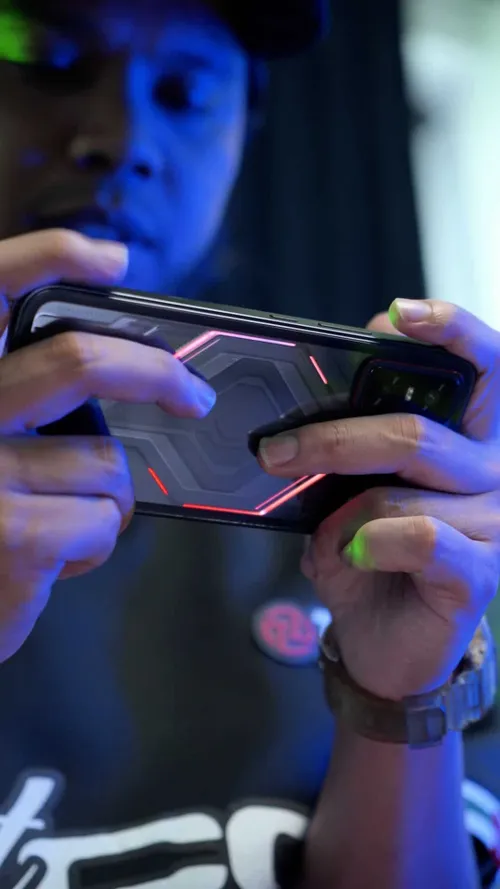
Infinix GT DynaVue: So, What Exactly Is This "Living Design"?
Let's get one thing straight: GT DynaVue™ isn't your typical RGB light show. We've all seen those, and while they can be fun, this aims for something a bit more... sophisticated? Dynamic and immersive are the words Infinix is using. The tech itself involves electrochromic materials – the same kind of stuff you find in those fancy aircraft windows that dim on command, or high-end car sunroofs. The phone’s back panel literally transforms based on what’s happening in real-time.
https://www.youtube.com/shorts/eem5jseJ4Ok
Here’s a rough idea of how it operates:
- In Standby Mode, the back has this matte black finish. Apparently, it's achieved by liquid crystal molecules aligning in parallel to block light. Clean, understated.
- Then come the Trigger Events. Apply a bit of voltage, and those molecules rotate. This allows more light to pass through, revealing hidden textures, different colors, maybe even animations. It’s quite a change.
- These aren't random shifts either. They’re Scene-Aware Transitions. So, the visual effects are tied to specific phone events – an incoming call, launching a game, or even just using the camera.
Compared to the always-on, often quite loud RGB styling on many gaming phones, this approach does feel more intelligent. It's reactive, not just a constant decorative glow. It’s contextual, and that, perhaps, is the key difference.
While Others Patent, Infinix Prototypes – A Little Jab at Apple?
It's hard not to draw comparisons. Earlier this year, news broke that Apple was granted a patent for an electrochromic Apple Watch band. The idea there was for the band to shift colors based on user input or to coordinate with outfits – a neat concept for personal expression.
Infinix, however, seems to be taking a similar class of electrochromic tech and applying it to a much more complex and integral part of the device: the actual rear panel of the smartphone. This isn't an accessory; it’s integrated into the phone's structure, an area that has to deal with heat, wear and tear, and the general rough-and-tumble of intensive use, especially for a gaming device. You have to wonder about durability long-term, but it's a prototype, after all.
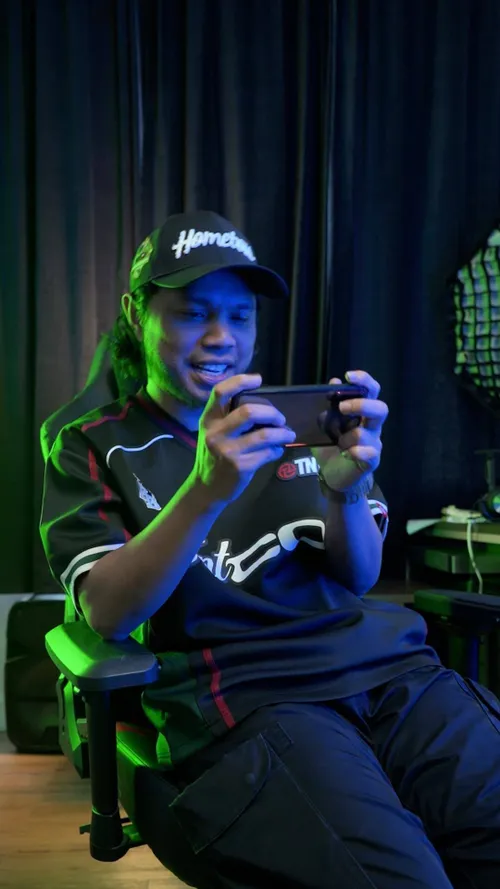
So, while Apple's idea is still, as far as we know, in the conceptual patent phase, Infinix is out here already demonstrating what electrochromics can do in a functional, high-performance prototype. It’s less about wearable flair and more about transforming the device itself. A subtle, but important distinction, I’d say.
The Journey of Electrochromics: From Lab Oddity to Concept Phone
Bringing this kind of tech to a smartphone wasn't an overnight thing. It’s been through a few iterations:
- Gen 1 – Solid-State: This was the early stuff. Think thick, slow to react, and sometimes involved less-than-friendly materials. Mostly used in things like architectural glass.
- Gen 2 – Liquid-State: An improvement in speed, but these were often fragile and quite power-hungry. Not ideal for something you carry in your pocket.
- Gen 3 – Flexible Films: This is where it gets interesting for mobile applications. These materials are thin, safer, more stable, and generally ready for more practical, real-world uses.
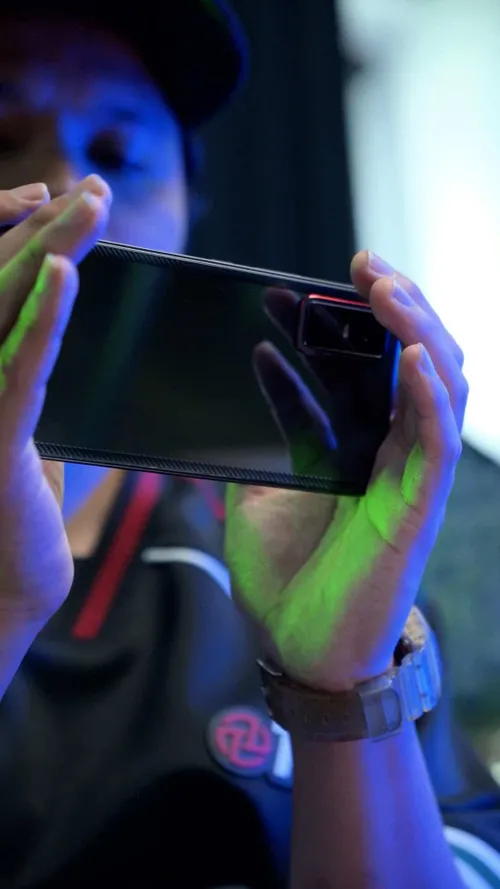
Infinix GT DynaVue is based on these Gen-3 materials. It combines that flexible electrochromic film with some smart voltage control to pull off those adaptive visuals in real time. Again, they stress it’s not production-ready, but the fact that it’s fully functional on a prototype is definitely noteworthy.
My Take: More Than Just a Pretty Face?
Look, this concept isn't hitting store shelves tomorrow. Its quiet appearance at esports tournaments, being handed to top players, feels very deliberate though. It’s a tech flex, a clear proof-of-concept that doesn't just exist on paper but actually works and, by the sounds of it, impresses.
There's something about the idea of GT DynaVue™ adding a layer of emotion, or perhaps "awareness," to your interaction with the phone. It’s not just about being visually striking; it aims to be contextually intelligent. Does it need to do this? Probably not. Is it cool? I think so.
If this is a genuine indication of where Infinix is heading with its design language, especially in the competitive gaming phone market, then they're not just trying to keep pace. They might just be looking to redefine how a flagship gaming phone can look, feel, and even react. It's an ambitious play, and I'm certainly curious to see if, or how, this evolves from a cool prototype into something we can all actually buy. It’s one to watch, for sure.
Loading
